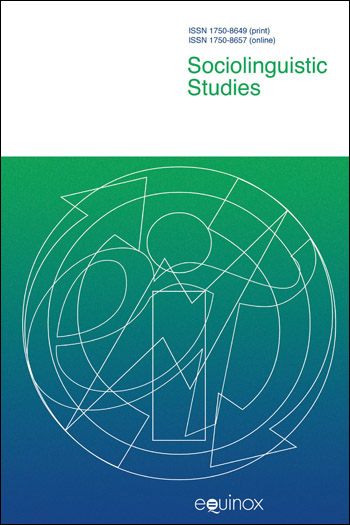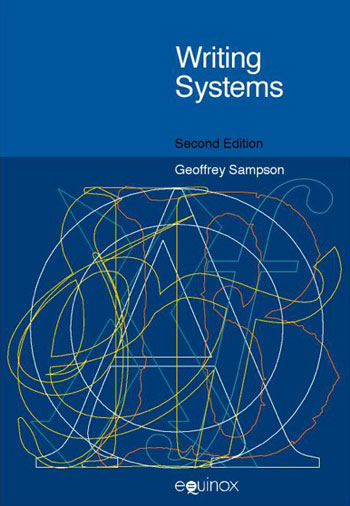Reviews
Peter Daniels has thought more and more deeply about writing than anyone else around. This very engaging book reflects both. It incorporates the taxonomy of types of writing systems that he pioneered and is organized very nicely around the various ways in which a writing system reflects its (spoken) language. The book presupposes little linguistic knowledge and is clearly written.Professor Mark Aronoff, Stony Brook University
No student of linguistics, nor educator, psychologist, or social scientist concerned with literacy, can afford to remain ignorant of the fundamentals of writing systems. It is a great honor to commend to the reader a work of such exceptional scholarship.
Professor David L. Share, University of Haifa (from the Foreword)
Daniels’ new book has much to recommend it. In many ways it represents the culmination of a career by, as noted above, the scholar who can lay the best claim to being the world’s expert on writing. The breadth of coverage, and the organization of the material is the best that I have seen.... An Exploration of Writing will be useful to scholars and students alike, and belongs on the shelf of anyone who is interested in this rather neglected subfield of linguistics.
Written Language and Literacy
Although dealing with many different types of script (ancient and modern), a clear central concern runs through the different chapters which keeps the reader focused until the very last page. That concern is with the ways in which human language – a continuous stream of sound – has been perceived, by people of widely different times and places, as consisting of discrete phonological units, and with the ways in which such units have been represented by equally discrete graphic signs.
The range of different scripts discussed, and the languages expressed by them, is impressive.
Bibliotheca Orientalis
A veritable tour-de-force. There is no comparable survey written by a top specialist with the purpose of revealing structural similarities in language encoding by writing systems and dispelling several key misconceptions along the way. Its conclusions are thoughtprovoking and consequential. This book is a must-have, although its actual audience is somewhat narrower than intended. As a course textbook, however, it requires contextualization and extra readings.
Journal of Near Eastern Studies
This book is a remarkable achievement not only for the amount of information assembled, but even more so for a well-reflected methodological approach. Everyone who is interested in writing systems in general should consult it.
Journal of the American Oriental Society








